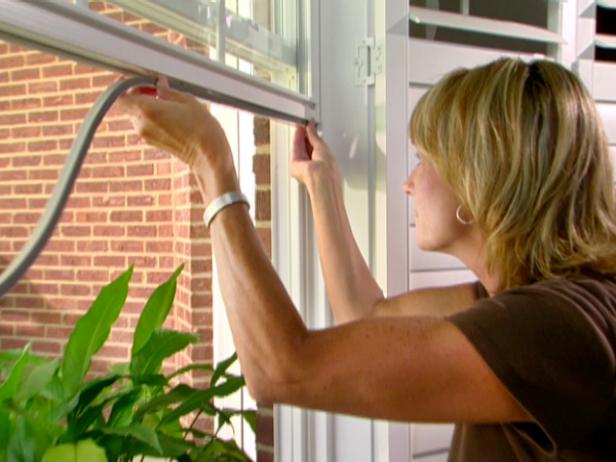Weatherize My Home
Did you know you can save from 5-15% or more on your heating and cooling bills by simply plugging up air leaks in your home? The best part is you can usually do it yourself for just a few dollars in supplies.
Your Impact
Action Steps & Tips
Introduction

Air leaks are one of the largest sources of extra energy use at home. Drafty doors and windows let the air escape and make your heater and air conditioner work harder—using more energy than necessary and driving up your monthly bill.
Sealing air leaks at home is:
-
Easy to do yourself
-
Can save up to 15% on your monthly heating and cooling bills
-
Makes your home more cozy and comfortable
-
Reduces your energy use and environmental impact
-
Can usually be completed with $20-$50 in caulking and weatherstripping supplies. The savings on your energy bills can quickly cover the upfront cost.
You can generally seal air leaks yourself, but if you're not sure, ask a handy neighbor or a friend to help you out. Most handypersons are also qualified to do these simple repairs. If you rent your home, check with your landlord first to get permission.
1Identify your air leaks
First, identify your air leaks. If you want a detailed assessment of your home's air leaks, you can hire a qualified professional to perform a Home Energy Checkup. However, you can also detect many leaks on your own. The most common places to check are windows, doors, and fireplaces. Use the Energy.gov guides: Detecting Air Leaks and Tips for Sealing Air Leaks to find leaks in your home.
2Install weatherstripping and door sweeps
Next, seal those leaks!
Weatherstripping. Weatherstripping is used to seal air leaks around movable items like windows and doors and is easy to apply. If you already have weatherstripping, check its condition. Weatherstripping can become worn and cracked and requires occasional replacement. Check out the Energy.gov Weatherstripping guide for information on choosing and installing weatherstripping. Your local hardware store can also likely help you identify which products will work for your project.
Door sweeps. In addition to weatherstripping, door sweeps and thresholds installed on the bottom of doors prevent cold air from coming in and warm air from escaping your home. Check all your doors and add or repair thresholds where needed. Use thresholds with pliable sealing gaskets like rubber along the bottom for the best effect.
3Caulk and seal air leaks
Caulking is best for sealing smaller air leaks. Some prime areas for caulking include windows, doors, ceiling fixtures, electrical outlets, plumbing pipes and chimneys. For larger gaps, you can also use foam sealant.
There are different kinds of caulking; your local hardware store professional can suggest the best caulking materials for each task. Check out the Energy.gov How to and Caulking Guide for helpful tips. For sealing air leaks around a fireplace, furnace or water heater vent, use fire-resistant materials such as sheet metal, or sheetrock and furnace cement caulk.
4Block heat from escaping up your chimney
If you have a fireplace, make sure your fireplace flue damper is working properly and is closed when not in use. You can also install glass doors and keep them closed to keep in the warm air. If you have retired your fireplace for good, install rigid insulation in the chimney to block heat loss around the damper.

